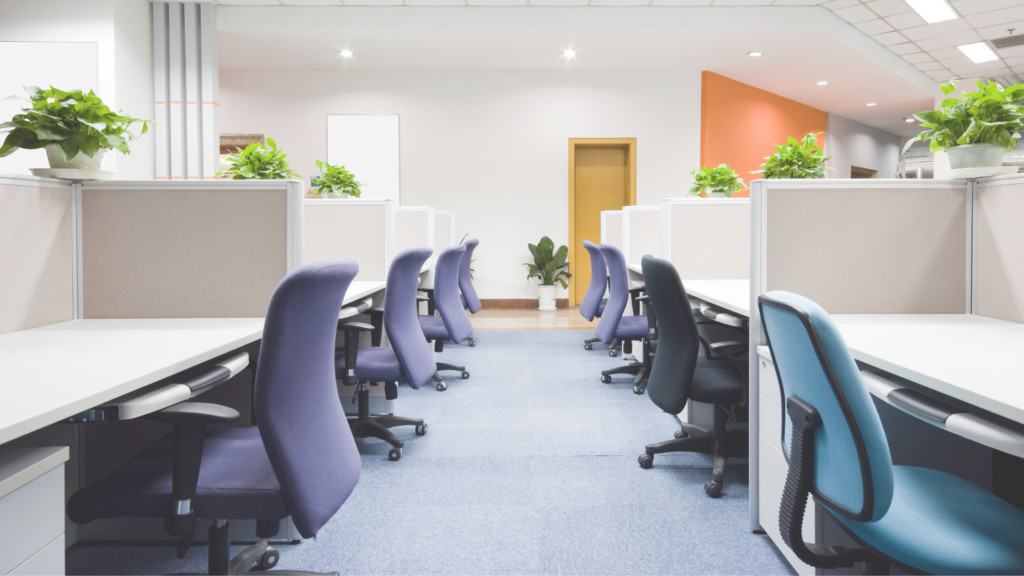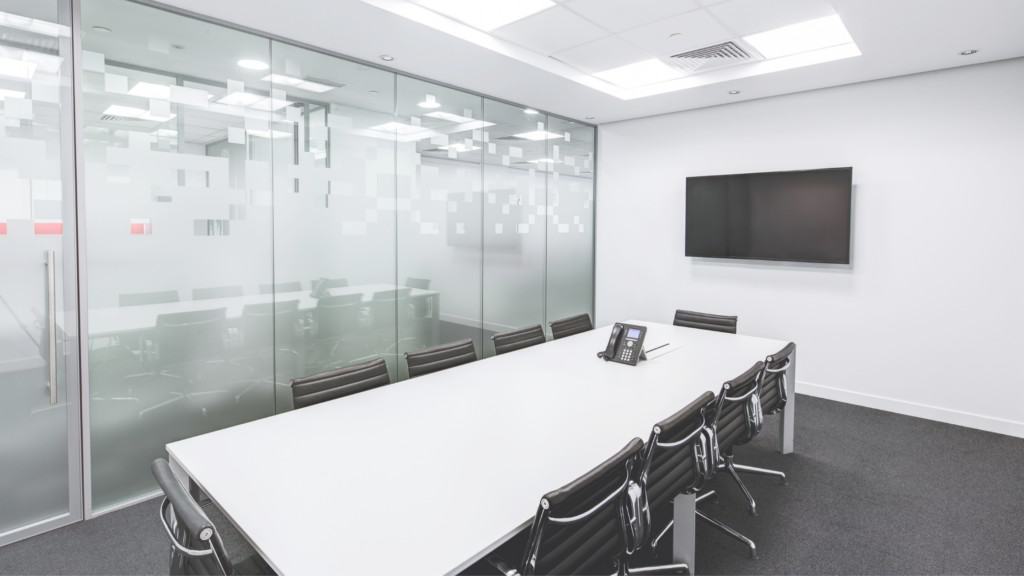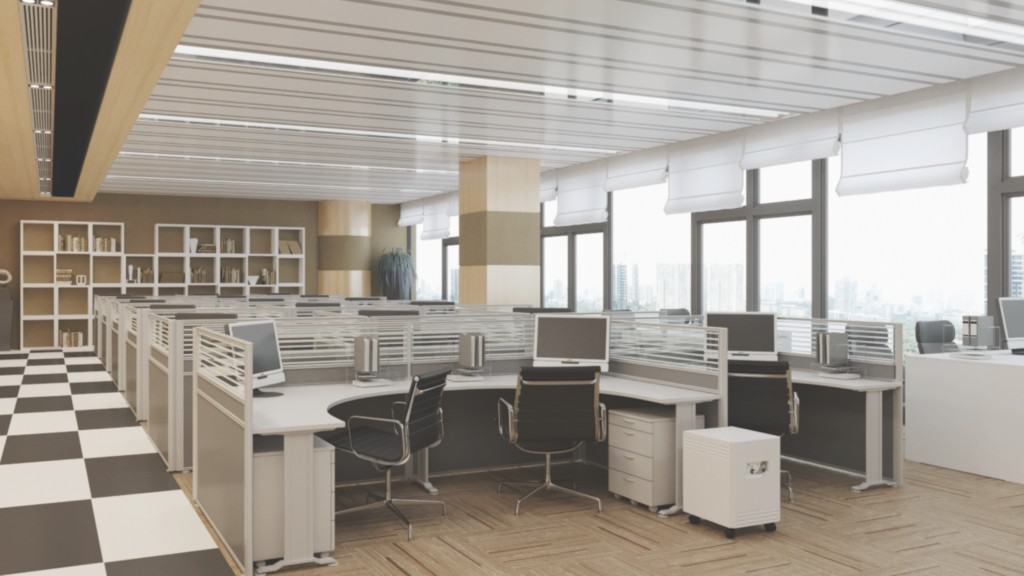The quality of air in the workplace is not only important for the comfort of the workers but also for their health.
People often neglect the importance of breathing clean air, accrediting health issues to other factors, however, in reality, poor indoor air quality has been directly tied to symptoms such as headaches, fatigue, eye irritation, and so on.
You see, the quality of the air that we breathe can make the difference between being productive, and healthy employees, and ones who have trouble concentrating, and take sick leaves frequently.
Let us explore how employee health and productivity are impacted by the air quality in their workplace.
Employee Health and Its Link to Air Quality
Given that office workers spend a large portion of their day in the workplace, it is vital that they not only have a healthy and pleasant environment to work in, but it should also stimulate their productivity, focus, and overall well-being.
A 2021 study by IOPscience suggests that “poor indoor air quality affects health and productivity significantly”.
So, imagine how normally healthy and productive office workers might feel when they are placed in a working environment with improper air quality.
Apart from productivity issues, they may experience:
- Headaches. Due to the fact that there could be excess CO2 in the airspace, and poor indoor air quality in general, headaches are frequent. Another potential cause could be Sick Building Syndrome.
- Respiratory issues. Poor air quality contributes to numerous respiratory diseases like chronic obstructive pulmonary disease (COPD), asthma, and lung cancer.
- Fatigue. Despite sleeping well, and getting a good night’s rest, constant exposure to poor air quality can make you feel tired all the time.
- Dizziness. Dizziness is another common symptom of poor air quality. Indoor contaminants or toxins, such as carbon monoxide, are frequently associated with sensations of lightheadedness and vertigo, which may indicate that the air is contaminated.
- Skin rashes. Unexplained skin rashes are often associated with indoor air pollutants. If you are unable to find a reason for the rashes, you may look into the air quality as a potential culprit.

What Causes Unhealthy Air?
Bad air quality in offices can be due to several reasons:
- Indoor Pollutants. Many indoor pollutants can contribute to unhealthy air. These may include volatile organic compounds (VOCs) (acetone, benzene, formaldehyde, etc.) released from office furniture, carpets, paints, and cleaning products. Other sources include airborne particles, allergens, mold, and bacteria.
- Poor HVAC Systems. Inefficient or poorly maintained heating, ventilation, and air conditioning (HVAC) systems can distribute pollutants throughout the building. Lack of regular maintenance may lead to the accumulation of dust, mold, and other contaminants in the system.
- Office Equipment. Photocopiers, printers, and other office equipment can emit VOCs and other particulates. Additionally, computers and other electronic devices may release heat and contribute to an increased indoor air temperature.
- Inadequate Cleaning. Poor cleaning practices can lead to the buildup of dust, dirt, and mold. Ineffective cleaning products or the use of harsh chemicals can also release contaminants into the air.
- Building Materials. The materials used in the construction and furnishing of offices can emit toxins over time. This includes formaldehyde and other chemicals found in carpets, furniture, and building materials.
- Poor Outdoor Air Quality. If the air quality outdoors is poor, it can have a direct impact on the air inside. Buildings with inadequate air filtration and ventilation systems may allow outdoor pollutants to enter and accumulate indoors.
- Human Activities. Everyday activities such as cooking, smoking, or the use of personal care products can introduce pollutants into the environment.
- Biological Contaminants. Mold, bacteria, viruses, and other biological contaminants can thrive in damp or poorly ventilated environments, contributing to airborne illnesses.
- Inadequate Ventilation. Without proper airflow, contaminants can linger in the air, leading to a decline in air quality. This can be caused by older HVAC systems that lack efficiency in proper air circulation, causing ‘dead zones’ throughout a building.
What Are the Benefits of Improving Air Quality in the Office?
Improving indoor air quality will be beneficial for both employees and employers. Some positive results include:
- Fewer missed workdays. Improved air quality in buildings will mean less sick employees and therefore fewer missed workdays.
- Enhanced productivity. Getting rid of the stale air, and improving the quality of indoor air, will boost worker efficiency.
- Improved cognitive functions and mental clarity. Clean air contributes to both improved cognitive functions and mental clarity of workers, making them more efficient at their jobs.
- Higher employee satisfaction. An improved quality of air goes hand in hand with employee satisfaction. Not only will your employees be healthier, and more productive, but they may enjoy coming to their workplace more.

Office Air Quality Testing
Office air quality testing determines the amounts of pollutants and toxins in a specified work area. This testing is crucial because it helps uncover potential health dangers and promotes a safe and comfortable working environment for employees.
Furthermore, office air quality testing can detect various sources of poor air quality, such as insufficient ventilation or the presence of hazardous chemicals.
Although there are various ways to test the quality of the air in an office, the easiest method, is to use an Air Quality Monitor. This monitor presents real-time data, and alerts you when the quality of the air has deteriorated.
Summary
Employee health is extremely important, and one of the main ways of maintaining it is through good quality air circulation. It is beneficial for employers to invest in the long-term well-being of their workers, since a better work environment can contribute to greater productivity, fewer missed days, and overall better employee performance.
The best way to reduce air pollution in your office building is to invest in air purifiers. The EnviroKlenz Air System Plus, in particular, is a great option to add to the workplace since it utilizes a 3-stage filtration system to clean and purify the air; creating a place where we can all breathe easier. The EnviroKlenz Air System Plus has even been tested in accordance with ASHRAE Standard 241 for effective air cleaning, an applicable standard to all public buildings for standardizing proper indoor air quality measures based on occupant levels.
Besides the standard medical-grade HEPA filter that captures 99.99% of particles, the EnviroKlenz Air Cartridge captures and neutralizes odors and VOCs, as well as 99.9% of pathogens in the air (including viruses and bacteria). On top of both filters, the system also includes UV-C lights to provide maximum germicidal destruction and sterilization of the inside of the machine.








